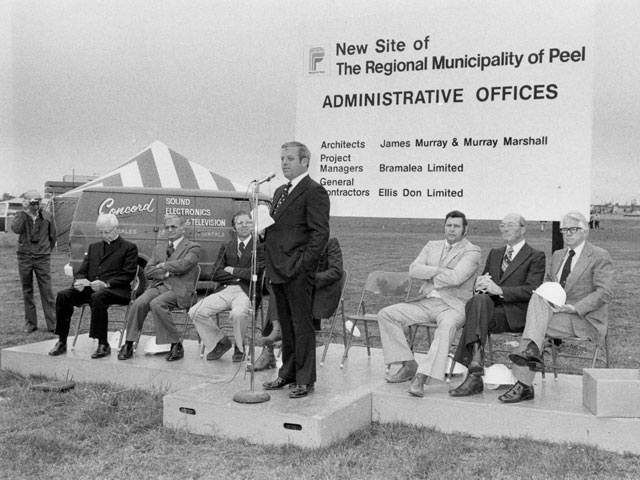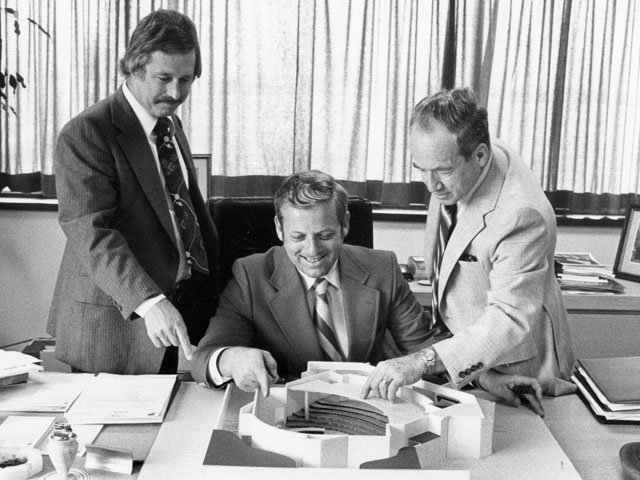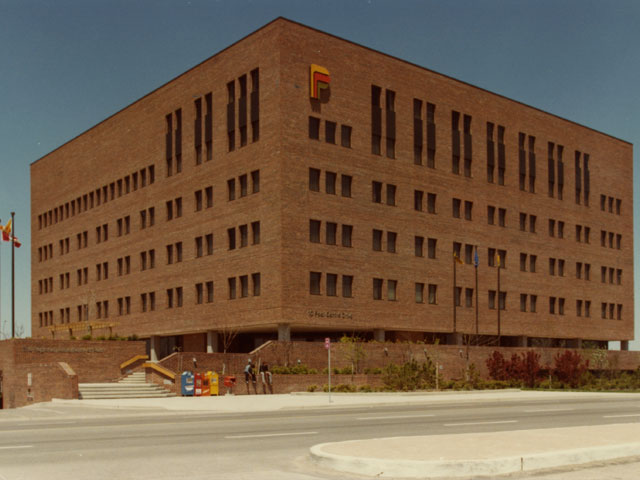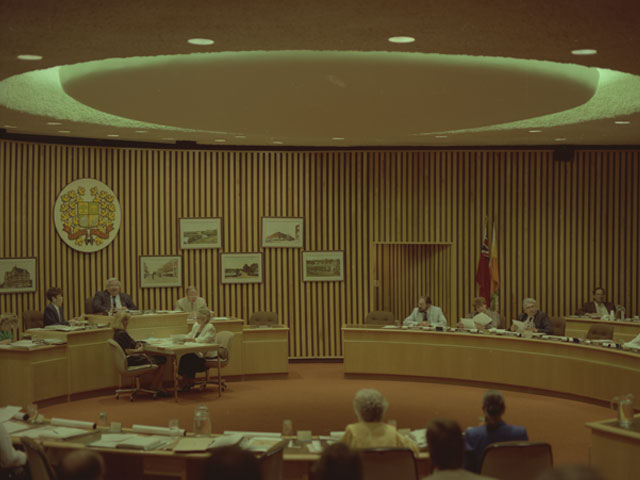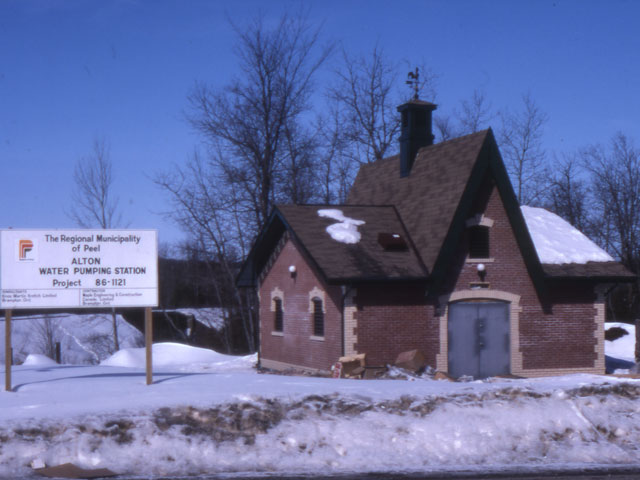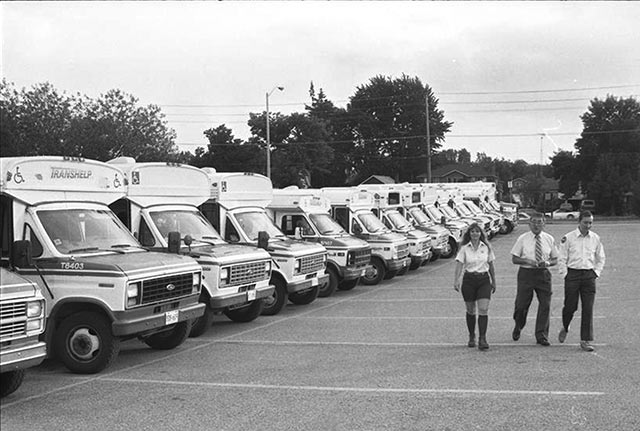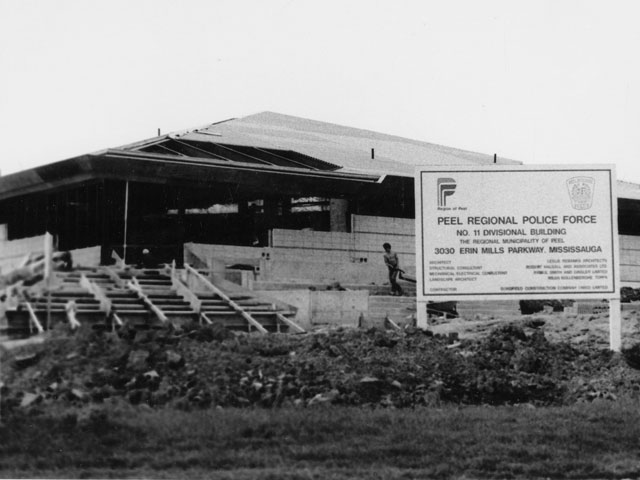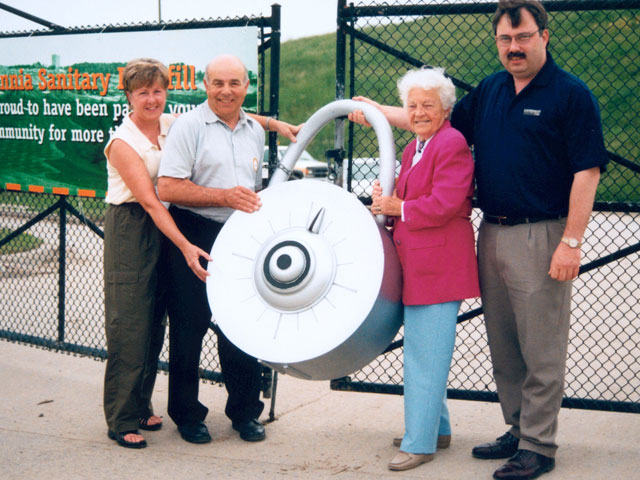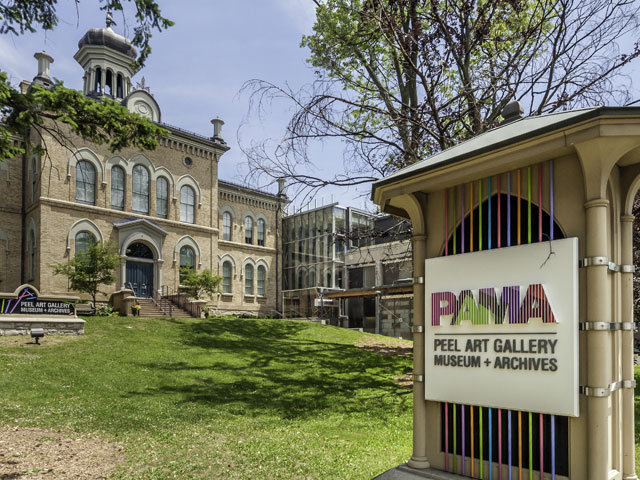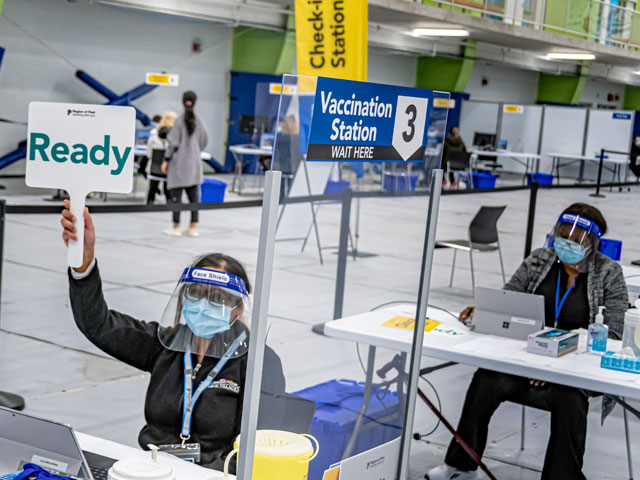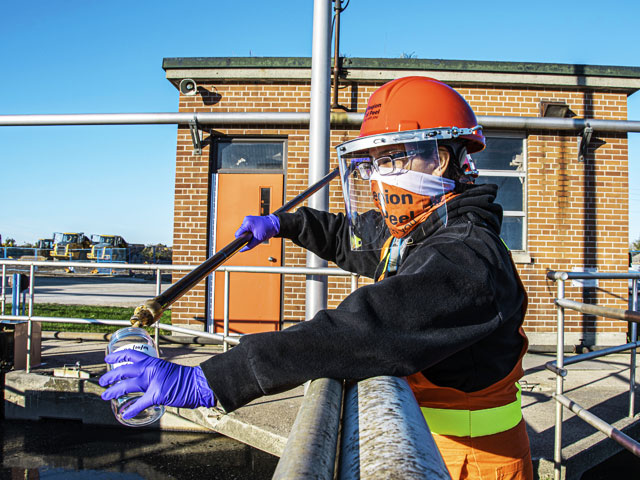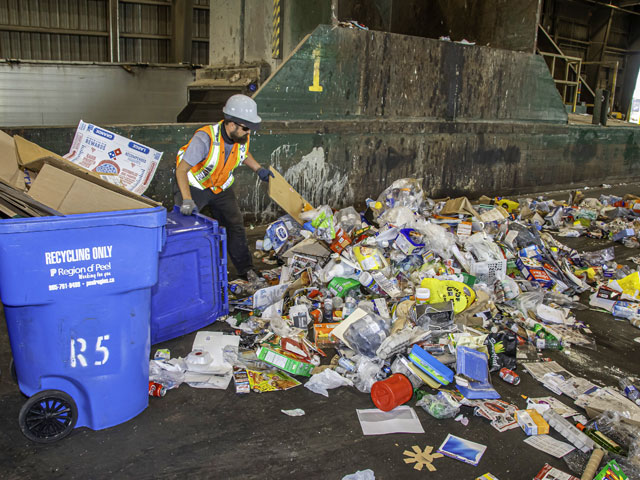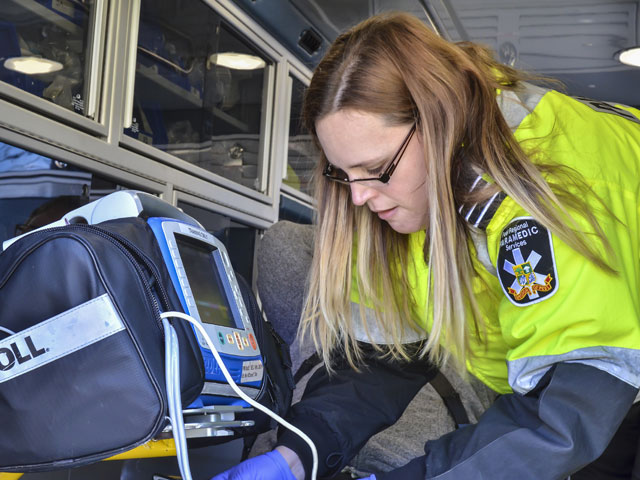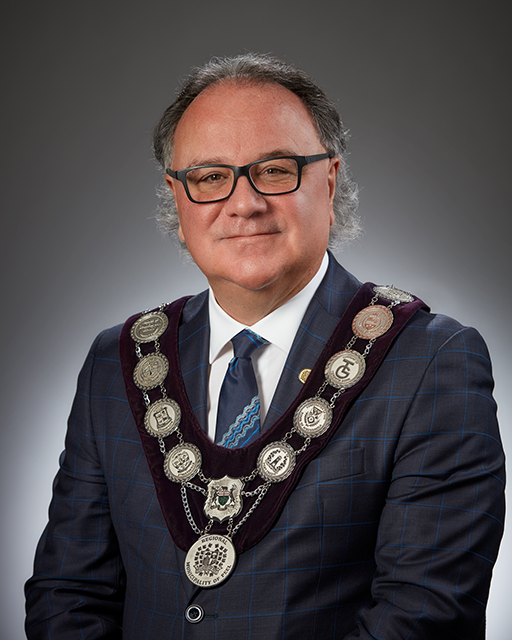
Peel Region was established on January 1, 1974, with a population of 333,000 residents. In 2024, with a population of 1.5 million, we reflect on our 50-year collective history and the experiences that have shaped our community, partners, and employees. Celebrate with us as we recognize this incredible milestone throughout the year.
50 moments of Peel
Peel has 50 years of rich history serving this community. Looking over some milestones reveal the depth of service integration and the long-term historical trends toward consolidating important services and programs.

1970sThe beginning
Peel Region is created, and staff move into newly built offices. We take responsibility for social services and complete first construction projects.
The 1970s
1973-74
- January 1, 1974, Peel Region is created.
1974
- Peel Region takes responsibility for 9 local welfare departments (previous name) and other social services.
- Becomes first municipality in Canada to handle welfare payments using electronic fund transfers.
1975
- Peel Housing Corporation is created to provide subsidized housing and shelter at-risk residents.
1976
- Public Works and Planning meet with the Peel Association for Handicapped Adults (previous name) to develop a regional accessible transportation system.
- Recommends development of major landfill at Britannia.
1978
- Construction begins at Peel Centre Drive, a hub for regional services and council meetings. Staff move in a year later.
1979
- Peel Housing Corporation completes construction of its first building, Knightsbridge Senior Citizen's Residence.

1980s More support in more ways
Delivering diverse services and initiatives including, 911, public health, long term care centre, and major road expansion projects.
The 1980s
1984
- Health Unit becomes a regional department.
- Peel takes over the operations of Peel Museum and Art Gallery (PAMA), formerly a non-profit.
- The expansion of Derry and Airport Road intersection, the most complex road expansion is complete.
- Peel prevents the closure of a private nursing home in Bolton. It takes over the operation and builds a larger facility, the Vera M. Davis Community Care Centre.
- Peel creates an info-line to provide sexual health information.
1985
- TransHelp gets the first kneeling buses to improve accessibility in Ontario.
1986
- Dental program for low-income children is introduced.
1988
- Regional 911 emergency telephone service is launched.
1989
- First municipality in Canada to remotely monitor domestic water consumption to reduce water wastage.
- Geographical Information System launched to enhance the planning, coordination, and delivery of goods and services.

1990s Celebrating firsts
Peel Region adopts Official Plan, gets AAA credit rating, launches blue box recycling, and health programs.
The 1990s
1991
- Peel began to pay 100% recycling program costs, with the local municipalities still responsible for the program.
1994
- Peel now manages the Blue Box recycling program and waste operations for local municipalities.
1994-95
- Receives a AAA Credit rating.
1995
- Peel becomes fully responsible for municipal housing programs.
1996
- South Peel water and wastewater system is transferred to Peel Region under the Municipal Water and Sewage Transfer Act.
1997
- First Official Plan is adopted by the council.
- Becomes approval authority for Local Official Plan Amendments.
1998
- Healthy Babies, Healthy Children program launches.
- Temporary winter shelter opens, and planning begins for another shelter in Mississauga.
- Ontario government withdraws funding from TransHelp. Ontario sponsored 50% of these costs.

2000s Being there when needed
Housing and homeless support increased, call centre opens to help residents during SARS, and water staff help during Walkerton disaster.
The 2000s
2000
- First permanent homeless shelter opens on Mavis Road.
- Water staff help restore service in Walkerton after a tainted water disaster.
2001
- Now responsible for social housing.
- Takes over the delivery ambulance services.
2003
- Emergency operations and inquiry centre opens as a resource for residents in response to the SARS outbreak and a major Eastern Seaboard power grid failure. The call centre handled 500 calls a day during the SARS crisis.
- First accessibility program for the corporation is created.
2004
- Opens 2 more long term care centers – Tall Pines and Malton Village.
2005
- Homeless youth program is initiated.
- FoodCheck Peel is introduced to share food business inspection results.
- Recycling program eliminates the need to sort, encouraging more residents to participate.
2006
- Integrated Waste Management facility opens.
2007
- Organics recycling starts.
- Lakeview Water Treatment Plant membrane filtration system is complete, making it the largest of its type in the world.
2009
- 311 service for residents wanting non-emergency local services launches.

2010s Future planning
Investing in Peel’s future includes a focus on climate change, reducing poverty, new strategic plan, and provincial review of regional services.
The 2010s
2010
- Goods Movement Task Force initiated to improve its role as a major goods movement hub.
2011
- Urban Forest Strategy and Climate Change Strategy are adopted.
- Hanlan Water Project begins, the most complex watermain infrastructure system in Peel.
2012
- Peel Heritage Complex reopens in 2012 as the Peel Art Gallery Museum and Archives.
- Peel Poverty Reduction Strategy is adopted.
2013
- Long-Term Financial Planning Strategy adopted to ensure the sustainability of services into the future.
2015
- Emil Kolb Parkway opens.
- Residents consulted to support its Community for Life Strategic Plan.
2019
- Participates in major in-depth provincial reviews of regional government and services.
- Climate Change Master Plan approved by Peel Region Council.

2020s Taking on challenges
COVID-19 hits Peel hard, but we respond strongly to support our community. We aim to break the silence and recognize the need for truth and reconciliation.
The 2020s
2020
- Community Safety and Well-being Plan is adopted.
- COVID-19 pandemic begins, and Peel becomes one of the hardest hit municipalities in Canada. Major public health response is launched including mass vaccination of residents, outreach, and support for long term care residents.
2021
- "Break the Silence" annual campaign launches to raise awareness about family and intimate partner violence.
2022
- Launches online water and wastewater billing services.
- Acquires the Orangeville-Brampton railway for a new cross-municipal trail system.
- Recognizes the annual National Day for Truth and Reconciliation.
2023
- Diversity, Equity, and Inclusion community engagement survey launches.
- New program to support mental health and social assistance clients.
People of Peel
For 50 years our programs and services have continued to evolve to positively impact the lives of residents every day. People of Peel stories are as diverse as those who tell them.
Watch their stories


Messages from our Regional Chair and CAO
Nando Iannicca, Regional Chair and Gary Kent, Chief Administrative Officer share their remarks to Peel staff, partners, and the community about our strong and innovative history.
Read their messages